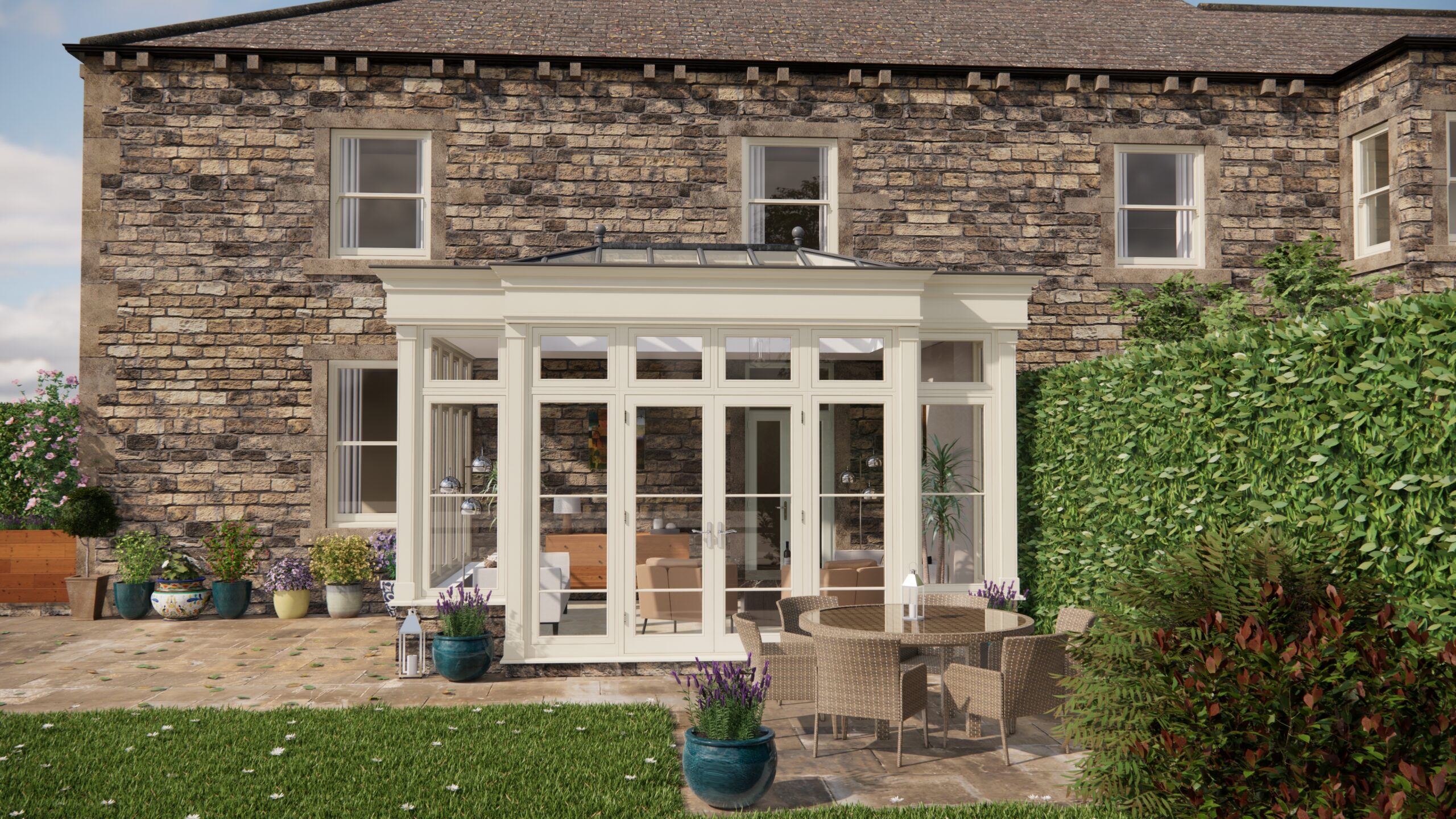As someone who writes about wellness and the transformative power of a well-designed home, I’m constantly exploring ways to enhance both physical and mental wellbeing within our living spaces. Recently, my focus has been on the underestimated impact of noise pollution, and how soundproofing can dramatically improve our sleep, relaxation, and overall quality of life. I wanted to share my own journey in creating a quieter, more peaceful home, drawing from research I’ve done for my articles.
The Silent Thief: How Noise Steals Our Peace
Before I delved into soundproofing, I honestly hadn’t fully appreciated how much ambient noise was affecting me. Constant traffic rumble, neighbours mowing their lawns, even the hum of appliances – it all added up to a persistent undercurrent of stress. It was subtly impacting my sleep quality and preventing me from truly unwinding. I realised I needed to take action. A key factor I found in my research was that this constant, low-level noise has a significant effect on our stress hormones. These increase due to external stimulation, ultimately affecting your blood pressure and increasing the chances of suffering from a stroke or heart attack in later life. Therefore, it’s paramount that the noise you live with on a daily basis is kept to a minimum.
Taking Control: Practical Steps to Soundproof Your Sanctuary
My initial approach was surprisingly simple, and it’s something anyone can implement. I started by addressing the obvious entry points for sound. Here’s what I did:
-
Sealing the Gaps: Doors and windows are notorious for letting in noise. I invested in weather stripping (foam or rubber strips) to seal gaps around door frames and windowsills. This made a noticeable difference in blocking out drafts and external sounds. Check that the stripping that you are using is compliant with fire safety regulations.
-
Heavy Curtains: Fabric absorbs sound. Thick, lined curtains, especially those labelled “sound-reducing,” are excellent for dampening noise from outside. I chose heavy velvet curtains for my bedroom, and they not only look luxurious but also contribute significantly to a quieter environment. Try to aim for 2-3 layers of fabric to maximise the potential here.
-
Door Upgrades: Hollow-core doors are like cardboard. Replacing them with solid-core doors is a game-changer for soundproofing. The density of the solid core effectively blocks sound transmission. This may be a more pricey approach but will pay dividends with the results.
-
Acoustic Panels: I added some strategically placed acoustic panels to my living room and bedroom. These panels are designed to absorb sound waves, reducing echo and reverberation. I chose panels with a design that complemented my décor, so they blended seamlessly into the space. These panels can also be fitted to the walls and doors of home office settings and gyms.
-
Rugs and Carpets: Hard surfaces reflect sound, while soft surfaces absorb it. Adding thick rugs and carpets to rooms with hardwood floors can significantly reduce noise levels. Make sure that your carpet is fire safety approved.
-
White Noise: I introduced a white noise machine into my bedroom. The consistent, calming sound helps to mask any residual noise, promoting better sleep.
Beyond Soundproofing: Ergonomics for a Relaxing Environment
While soundproofing creates the auditory peace we need, it’s crucial to also consider ergonomic factors. After all, a perfectly soundproofed room won’t be relaxing if your body is tense and uncomfortable. I ensured my bedroom had:
-
Comfortable Bedding: A supportive mattress, soft pillows, and breathable linens are essential for a good night’s sleep. I opted for organic cotton bedding, which feels incredibly luxurious against the skin.
-
Relaxation Zone: I created a dedicated relaxation zone in my bedroom with a comfortable armchair, a soft blanket, and a selection of calming books. This provides a space to unwind before bed, away from screens and distractions.
Orangeries and Soundproofing: A Symbiotic Relationship
If you have, or are considering, an orangery, soundproofing takes on a unique dimension. The large glass panels can be both a source of natural light and a potential pathway for noise. However, modern orangeries often feature double or triple-glazed windows with excellent sound insulation properties. The addition of sound-absorbing materials like soft furnishings, plants, and even wall-mounted tapestries can further enhance the acoustic comfort of the space. Consider the space as a retreat, and incorporate features that promote relaxation, such as calming colours, comfortable seating, and natural elements. An orangery can therefore be a fantastic space for yoga, meditation, or simply unwinding with a book, providing a peaceful sanctuary within your home.
Bringing It All Together
In essence, soundproofing is an investment in your wellbeing. It’s about creating a haven from the noise and distractions of the outside world, allowing you to sleep better, relax more deeply, and focus more effectively. By addressing the obvious entry points for sound, incorporating sound-absorbing materials, and considering ergonomic factors, you can transform your home into a peaceful sanctuary. It’s a journey that requires some effort, but the rewards – improved sleep, reduced stress, and a greater sense of overall wellbeing – are well worth it. I’ve discovered the profound impact that a peaceful environment can have on my life, and I encourage you to explore the possibilities of soundproofing your own home.


